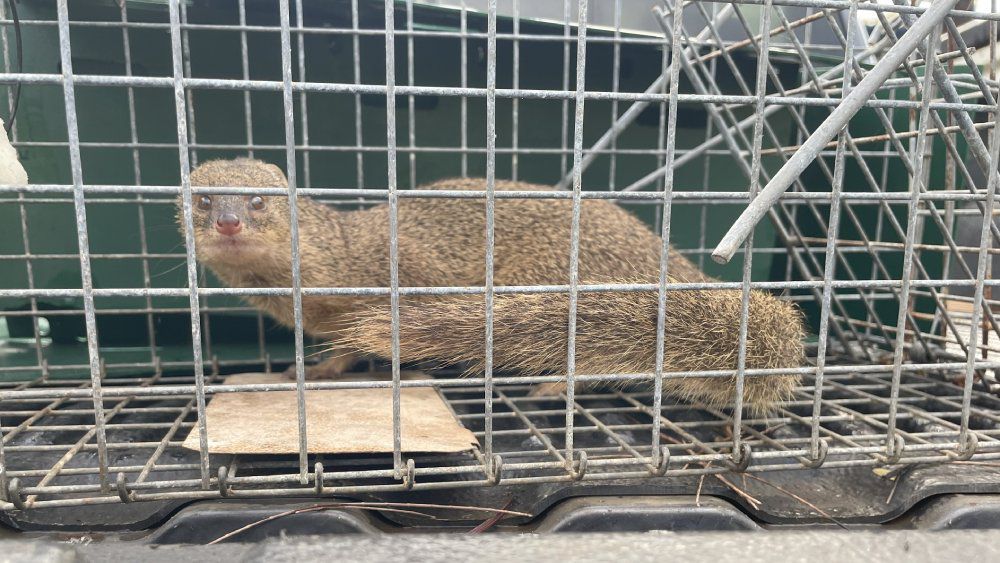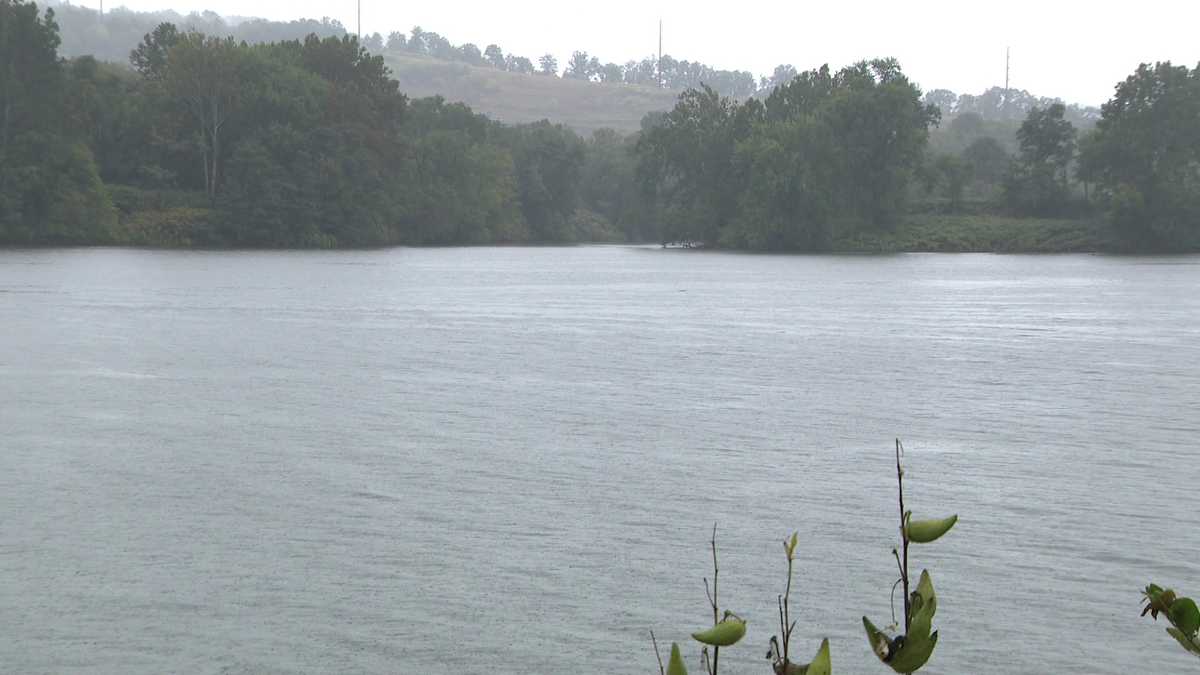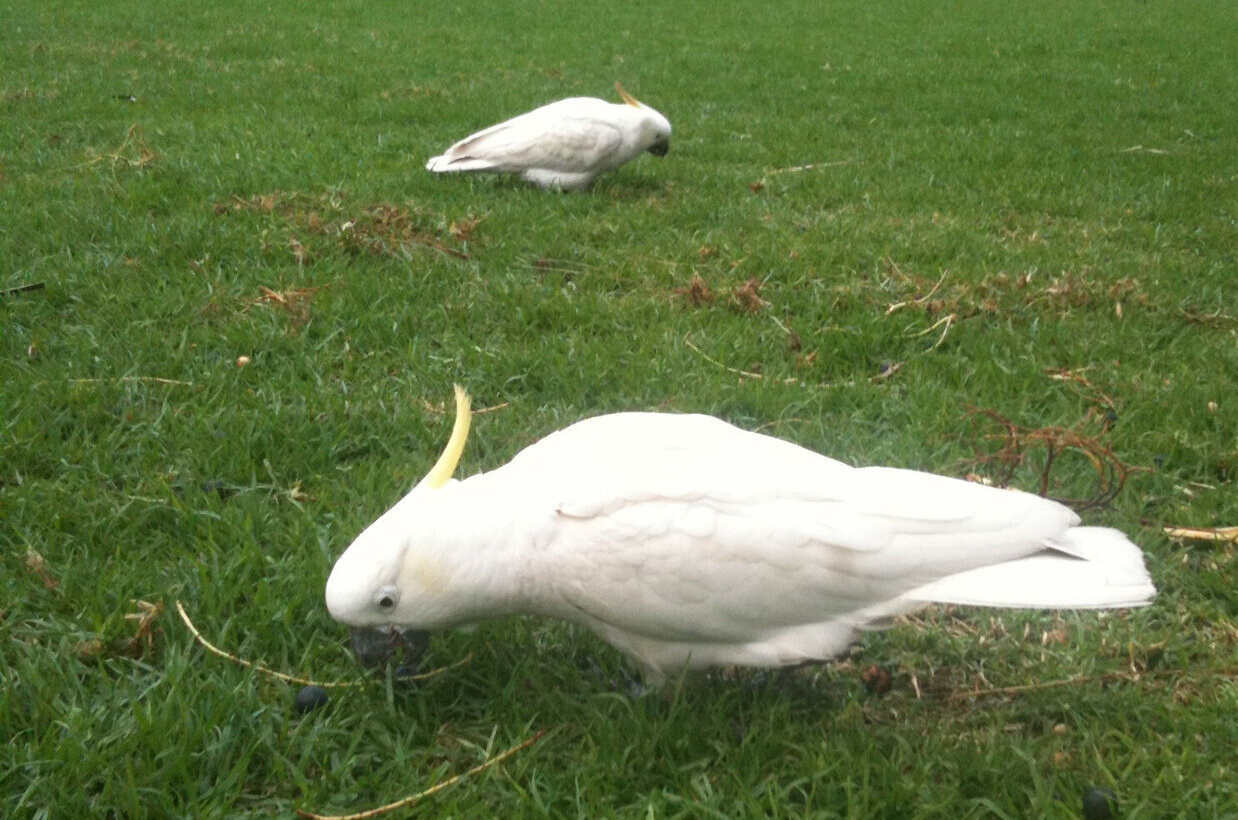Rare Female Mongoose Sparks Wildlife Alert on Tropical Kauai Island

Wildlife conservationists are mounting a determined campaign to protect the island's delicate ecosystem by preventing mongoose from gaining a foothold. Intensive monitoring and strategic prevention efforts are currently underway to block these invasive predators from establishing a permanent presence. Local environmental experts are working tirelessly to implement comprehensive barriers and surveillance measures that will safeguard the island's native species from potential mongoose colonization.








